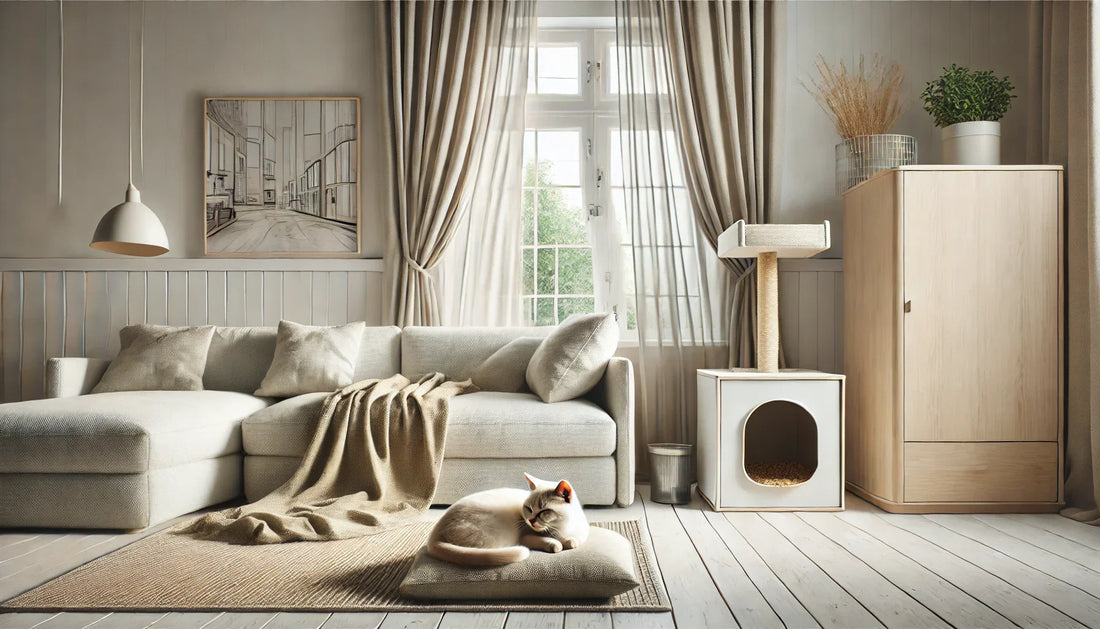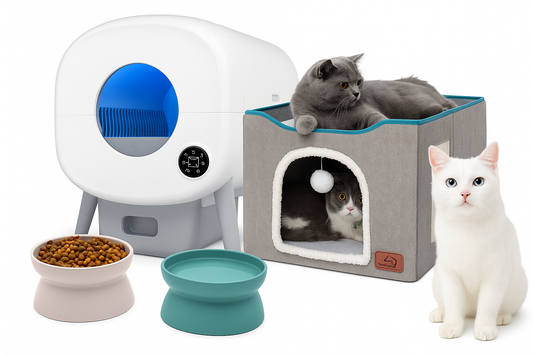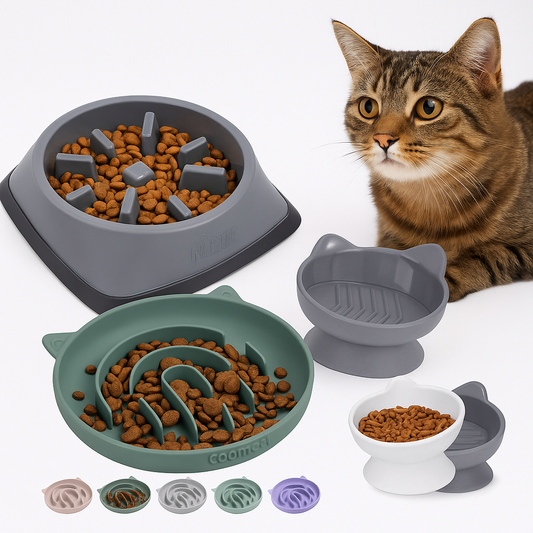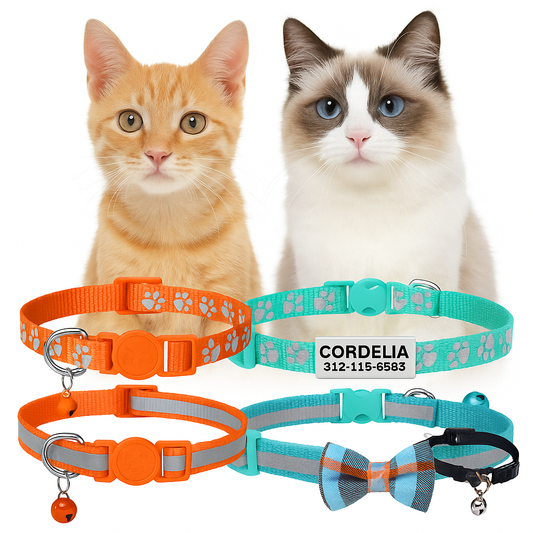
Minimalist Cat Parenting: Keeping It Clean, Calm, and Claw-Friendly
Cats bring joy, companionship, and a touch of wildness into our lives. But with them often comes a trail of toys, fur, scratching posts, and clutter that clashes with a tidy home. The good news? You don’t need to sacrifice your minimalist aesthetic to be a good cat parent.
Welcome to the world of minimalist cat parenting—where intentional design meets feline wellbeing, and your space stays as calm as your cat’s purr.
More and more cat lovers are discovering that less really can be more. By stripping away the unnecessary and focusing on what actually supports your cat’s natural behavior, you’ll create a peaceful environment that benefits both of you. Whether you live in a city apartment or a quiet home with clean lines and open space, a minimalist approach can keep your cat stimulated and secure—without turning your living room into a theme park.
Why Choose Minimalism for Cat Parenting?

Minimalism isn’t just a style; it’s a mindset. It focuses on reducing excess and only keeping what serves a clear purpose. For cat owners, that means providing what your cat needs—without drowning your home in unnecessary gear.
Cats actually thrive in minimal environments. Fewer visual distractions and a predictable layout can reduce anxiety and overstimulation. A calm space helps them feel more secure, especially in smaller homes or apartments where overstimulation is easy.
Benefits for You:
- Easier cleaning and maintenance
- A more peaceful home atmosphere
- Less time spent managing pet gear
- A cohesive interior design without “pet corner chaos”
Benefits for Your Cat:
- More restful sleep and relaxation spots
- Clutter-free paths for exploration and exercise
- Calm energy from a less chaotic environment
- Clear boundaries and routines
In short, minimalist cat parenting is a win-win.
The Foundations of a Minimalist Cat Setup
If you’re starting from scratch or editing your current space, it helps to know what your cat really needs—and what you can skip.
Essentials for a Minimalist Cat Setup
Here are the basic elements that serve both form and function:
1. High-Quality Litter Box Setup
- Skip the loud plastic domes. Go for a sleek, covered box that blends with your furniture.
- Place it in a low-traffic area. Bonus points if it fits inside a repurposed cabinet or bench.
If you're unsure what type of box is right for your cat's personality and preferences, check out our guide: The Best Cat Litter Boxes for Every Cat Personality. It breaks down litter box styles by feline behavior types—whether your cat is a digger, a hider, or a total diva—so you can choose one that keeps both your aesthetic and your cat's comfort in check.
2. Streamlined Scratching Posts
- One tall, durable scratching post is better than three flimsy ones.
- Look for designs that use natural wood or neutral sisal, matching your aesthetic.
- Place it strategically near common scratching zones (sofas, doors, etc.).
3. Minimal, Well-Chosen Toys
- Cats don’t need a mountain of toys—just a few that mimic real prey (feathers, string, crinkle balls).
- Use a small storage bin and rotate 2–3 toys each week to keep things interesting.
4. Wall-Mounted Perches or Shelves
- These save floor space and give your cat their beloved vertical territory.
- Stick to Scandinavian or Japandi-style shelves that double as wall décor.
Check out our roundup of the Best Cat Window Perches for Lazy Sunbathers. It features low-profile, design-forward options that provide your cat with the best seat in the house—without cluttering your windows or your vibe.
5. Dual-Purpose Furniture
- Invest in items that serve your cat and your design. Think: ottomans with hidden cubbies or minimalist side tables with built-in hideaways.
This setup keeps your home visually clean while giving your cat the tools they need to thrive.
Simple Cat Home Ideas: Less Stuff, More Function

The key to minimalist living is intention. Every piece should serve multiple purposes or solve a real problem. Here are some simple cat home ideas that combine style, function, and feline comfort.
1. Litter Box Cabinets
Turn an ordinary cabinet into a stylish litter nook. With a few airflow holes and a side-entry opening, you can hide the litter while maintaining a tidy aesthetic.
2. Floating Wall Ramps
Ramps and climbing ledges can add stimulation without visual noise. Install them in a neutral color palette, aligned with your home’s walls.
3. Tidy Feeding Station
Use a non-slip tray to contain food bowls and any mess. Choose ceramic or bamboo feeders that match your dining area or kitchen décor. Keep it simple: water, food, and a mat.
4. Foldable or Neutral Beds
Soft, neutral-toned cat beds can blend into your sofa or rug without standing out. Foldable styles are easy to store when not in use.
5. Window Perches
Let natural light work for both of you. Suction-cup hammocks or slim window seats are loved by cats and barely take up any visual space.
These ideas prioritize comfort while sticking to cat-friendly minimalist decor principles.
How to Raise a Cat in a Clutter-Free Space
If you're wondering how to raise a cat in a clutter-free space, it's easier than you'd think—when you're proactive and intentional. Cats are adaptable and naturally low-maintenance animals when given a consistent routine and a calm environment.
Here’s how to make it work:
1. Start With Zoning
Divide your home into zones based on your cat’s daily activities:
- Sleep zone: quiet, cozy corner or elevated shelf
- Play zone: near a scratching post or small open space
- Feeding zone: out of traffic paths
- Litter zone: tucked away but accessible
This reduces mess and makes your cat’s routine feel stable and predictable.
2. Keep Surfaces Clear
Cats love to explore surfaces. A cluttered countertop becomes a jungle gym (and a hazard). Keep surfaces mostly clear, with just a few decorative or functional items.
3. Rotate Toys and Hide Extras
Cats get bored—but they also get overstimulated. Keep out only a few toys at a time, and rotate them weekly. Use a minimalist basket or drawer to store the rest.
4. Use Vertical Space
Cats feel safe and stimulated when they can climb. Instead of bulky towers, use wall shelves, tall bookcases, or the tops of cabinets as vertical territory.
5. Stick to a Routine
Minimalist parenting includes structure. Feed at regular times. Clean the litter box daily. Play for 10–15 minutes twice a day. A routine helps your cat feel secure and reduces behavioral issues.
Need help making your space both stylish and secure? Don’t miss our guide on Cat-Proofing Your Apartment: Tips for Renters. It’s packed with practical advice to keep your home looking sharp while protecting your furniture—and your sanity.
Style Tips for Cat-Friendly Minimalist Decor
You don’t have to compromise your style to meet your cat’s needs. The trick is to incorporate cat elements that feel like part of your home, not accessories for a pet shop.
Keep a Neutral Palette
Natural materials and colors—wood, beige, soft grays, whites—help cat items blend in. Avoid bright plastics or overly busy prints.
Choose Invisible Storage
Store toys, brushes, and treats in closed cabinets or neutral containers. Hooks or floating shelves near the entryway can hold your leash or carrier.
Match Materials to Your Style
If you have a rustic home, choose wooden perches and wicker beds. For modern homes, look for minimal metal frames, smooth lines, and monochrome beds.
Limit the Quantity of Decor
Cats need space to move, perch, and nap. Over-decorating can become overstimulating for them. Keep surfaces simple and open.
Bonus: Sustainability Meets Minimalism
One of the perks of minimalist cat parenting is a natural alignment with eco-friendly living. Less consumption, fewer plastic toys, and higher-quality goods mean fewer replacements and less waste.
Go Green with:
- Biodegradable litter
- Natural fiber toys (wool, sisal)
- Recycled or secondhand furniture
- Durable essentials that won’t need constant replacing
You’ll feel better knowing your minimalist cat setup isn’t just clean—it’s conscious.
Final Thoughts: Clarity, Calm, and a Happy Cat
Cats don’t need excess. They need comfort, security, and thoughtful interaction. A minimalist home supports all of that—and looks great while doing it.
If you're aiming to raise your pet with intention and elegance, the minimalist path is not only doable—it’s ideal.
From clean lines and quiet corners to well-placed perches and scratchers, the minimalist cat home is more than a trend. It’s a lifestyle shift that keeps both human and feline feeling calm, clean, and completely at home.



